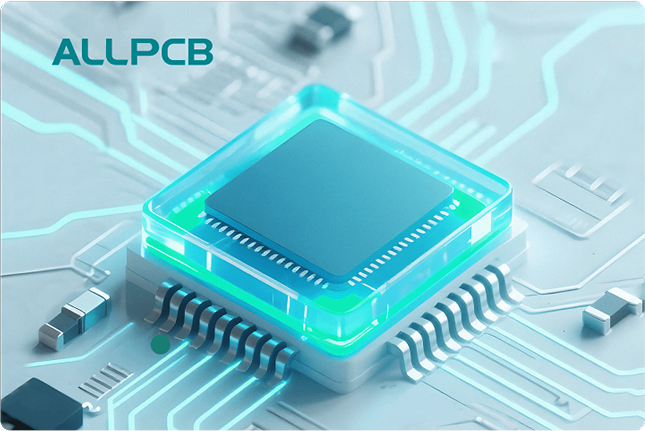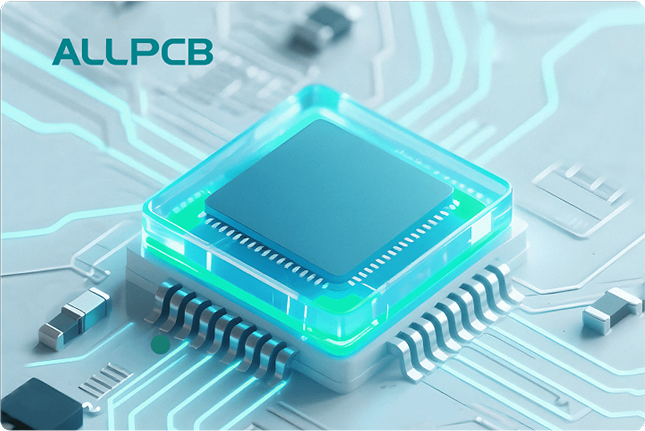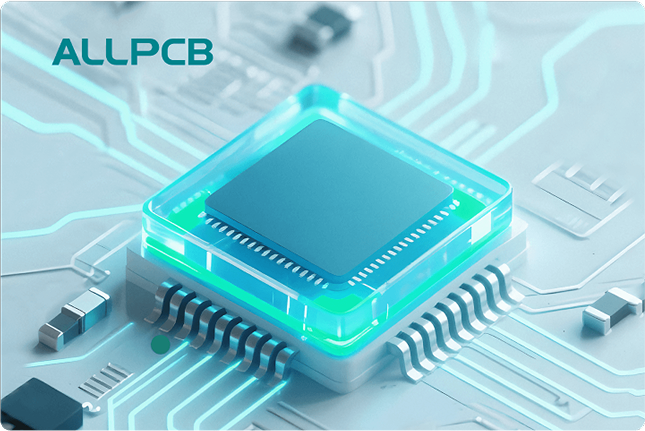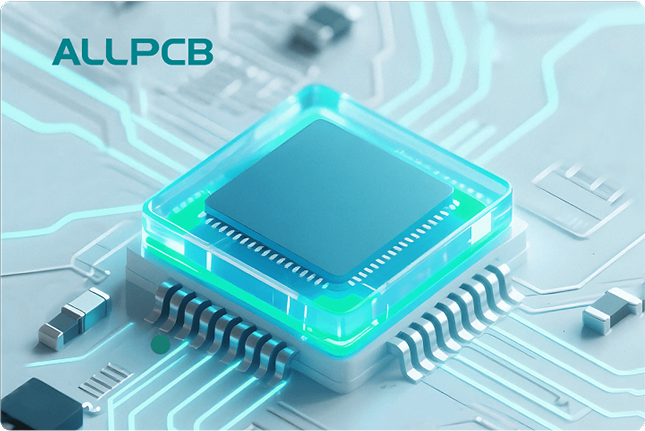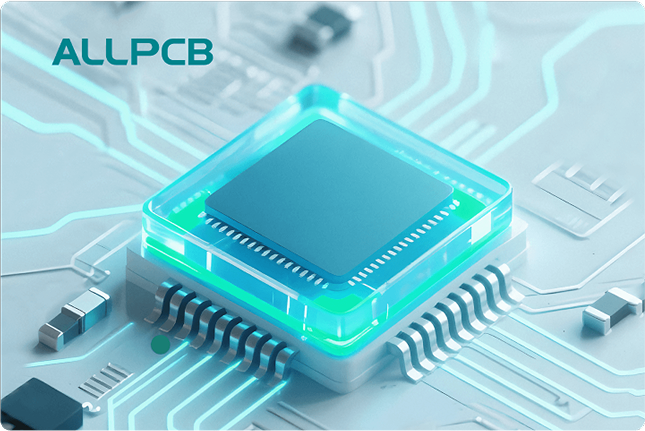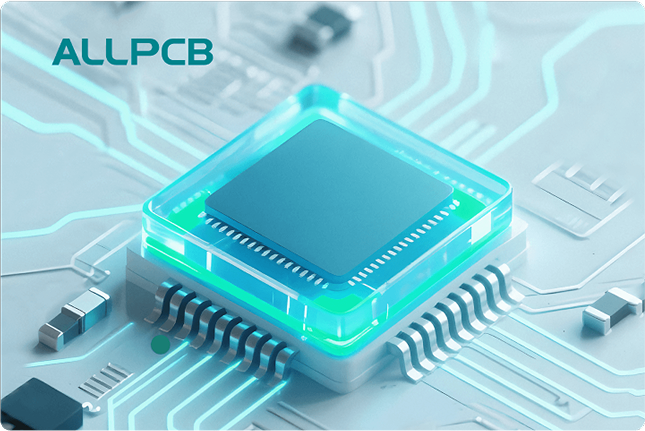Are you new to SMT automation and wondering how to get started with pick and place machine programming? This guide is designed to help beginners understand the essentials of creating a pick and place program, using SMT programming software, and managing a component placement list (CPL). Whether you're looking for a pick and place machine programming tutorial or insights into pick and place machine G-code, we’ve got you covered with practical steps and detailed explanations.
In this comprehensive blog, we’ll walk you through the fundamentals of Surface Mount Technology (SMT) automation, breaking down complex concepts into simple, actionable steps. From setting up your first program to optimizing component placement, let’s dive into the world of SMT automation and help you streamline your PCB assembly process.
What Is Pick and Place Machine Programming in SMT Automation?
Pick and place machine programming is the process of creating instructions for an automated machine to place electronic components onto a printed circuit board (PCB) during SMT assembly. These machines are the backbone of modern electronics manufacturing, ensuring precision and speed in placing tiny components like resistors, capacitors, and ICs onto PCBs.
The programming aspect involves defining where each component goes, how the machine picks it up, and how it places it on the board. This is often done using specialized SMT programming software, which translates design data into machine-readable instructions, sometimes involving formats like G-code for certain systems. By mastering this process, manufacturers can achieve high accuracy, reduce errors, and boost production efficiency.
Why Is Pick and Place Programming Important?
In SMT automation, precision is everything. A single misplaced component can lead to a faulty PCB, costing time and money. Programming ensures that the pick and place machine operates with pinpoint accuracy, placing thousands of components per hour with error rates as low as 0.01% in high-end systems. It also allows for scalability, enabling manufacturers to handle complex designs with hundreds of unique components without manual intervention.
Beyond accuracy, programming optimizes the machine’s speed. For instance, a well-programmed machine can achieve placement rates of up to 100,000 components per hour, depending on the model and setup. This efficiency is critical for meeting tight production deadlines in industries like consumer electronics and automotive manufacturing.
Key Components of Pick and Place Machine Programming
Before diving into the step-by-step process, let’s break down the core elements involved in programming a pick and place machine. Understanding these will make the tutorial easier to follow.
1. Component Placement List (CPL)
The Component Placement List, or CPL, is a critical file that lists every component on the PCB, along with its coordinates (X, Y), rotation angle, and reference designator (like R1 for a resistor). This list acts as a map for the machine, telling it exactly where to place each part. The CPL is usually generated from the PCB design software and must be accurate to avoid placement errors.
2. Bill of Materials (BOM)
The Bill of Materials is a detailed list of all components needed for the PCB assembly. It includes part numbers, descriptions, and quantities. When paired with the CPL, it helps the programming software match components to their correct locations and ensures the machine picks the right parts from its feeders.
3. SMT Programming Software
SMT programming software is the tool used to create and edit pick and place programs. It takes data from the CPL and BOM, along with machine-specific settings, to generate instructions for the pick and place machine. Some software also supports simulation features to test the program before running it on the actual machine, reducing the risk of errors.
4. Pick and Place Machine G-Code
In some systems, especially older or CNC-based pick and place machines, instructions are provided in G-code, a language commonly used in manufacturing automation. G-code tells the machine how to move, pick, and place components using precise numerical commands. While not all modern SMT machines use G-code, understanding it can be useful for specific setups or custom automation projects.
Step-by-Step Pick and Place Machine Programming Tutorial
Now that you understand the basics, let’s walk through the process of creating a pick and place program. This tutorial is designed for beginners and focuses on practical steps you can apply to most SMT automation setups.
Step 1: Gather Your Design Data
Start by collecting the necessary files from your PCB design process. You’ll need:
- The Component Placement List (CPL) with X, Y coordinates and rotation data.
- The Bill of Materials (BOM) listing all components.
- Any fiducial mark data (reference points on the PCB used for alignment).
These files are typically exported from your PCB design software. Ensure the data is accurate, as even a small discrepancy in coordinates can lead to misplaced components.
Step 2: Import Data into SMT Programming Software
Open your SMT programming software and import the CPL and BOM files. Most software will automatically map the components to their locations based on the provided coordinates. At this stage, you may need to manually adjust or verify the data if there are discrepancies or missing information.
Step 3: Configure Machine Settings
Next, set up the machine-specific parameters in the software. This includes:
- Feeder assignments: Specify which feeders hold which components.
- Nozzle selection: Choose the correct nozzle size for picking different component types.
- Placement speed: Adjust the speed based on component size and board complexity (e.g., slower speeds for delicate components).
For example, a small 0402 resistor might require a finer nozzle and slower placement speed compared to a larger IC chip.
Step 4: Define Fiducial Marks for Alignment
Fiducial marks are small reference points on the PCB that help the machine align itself before placement. In the software, input the coordinates of these marks (usually provided in the CPL). The machine uses a vision system to locate these marks during operation, correcting any minor misalignments. This step is crucial for maintaining placement accuracy, especially on densely populated boards.
Step 5: Simulate and Test the Program
Before running the program on the actual machine, use the simulation feature in your SMT programming software to test the placement sequence. Look for potential issues like overlapping components, incorrect feeder assignments, or unreachable coordinates. Fix any errors in the simulation to avoid costly mistakes during production.
Step 6: Export the Program and Run a Trial
Once you’re confident in the program, export it in the format required by your pick and place machine. This could be a proprietary file format or G-code, depending on the system. Load the program into the machine, set up the feeders with the correct components, and run a trial on a single board. Monitor the placement for accuracy and make adjustments as needed.
Tips for Creating an Efficient Component Placement List (CPL)
A well-structured CPL is the foundation of a successful pick and place program. Here are some tips to ensure your CPL is accurate and effective:
- Double-Check Coordinates: Verify that the X, Y coordinates and rotation angles match the PCB layout. Even a 0.1 mm deviation can cause misalignment.
- Include All Components: Ensure every component, including passives and connectors, is listed to avoid missing parts during assembly.
- Use Consistent Naming: Match the reference designators in the CPL with those in the BOM for seamless integration in the programming software.
- Account for Polarity: For components like diodes or capacitors, note polarity requirements to prevent incorrect placement.
Understanding Pick and Place Machine G-Code
While many modern pick and place machines use proprietary software and file formats, some systems, especially DIY or older models, rely on G-code for programming. G-code is a set of numerical control instructions that dictate the machine’s movements. For example:
- G01 X10 Y20: Move to position X=10, Y=20.
- M03: Activate the pickup tool.
- G01 Z-5: Lower the tool to pick or place a component.
If your machine uses G-code, you’ll need to manually write or generate these commands based on the CPL data. Some SMT programming software can automatically convert placement data into G-code, simplifying the process. However, understanding G-code basics can be helpful for troubleshooting or customizing machine behavior.
Common Challenges in Pick and Place Programming and How to Solve Them
As a beginner, you might encounter a few hurdles when programming a pick and place machine. Here are some common issues and their solutions:
1. Component Misplacement
Cause: Incorrect coordinates in the CPL or misalignment of the PCB on the machine.
Solution: Verify the CPL data and ensure fiducial marks are correctly defined for alignment. Use the machine’s vision system to double-check placement during a trial run.
2. Feeder Errors
Cause: Wrong components loaded in feeders or incorrect feeder assignments in the program.
Solution: Cross-check the BOM with the feeder setup and update the programming software with the correct assignments.
3. Slow Placement Speed
Cause: Overly cautious speed settings or inefficient placement sequence.
Solution: Optimize the placement order in the software to minimize head movement and gradually increase speed settings for stable components.
Benefits of Mastering SMT Automation Programming
Investing time in learning pick and place machine programming pays off in multiple ways:
- Higher Efficiency: Automated programming reduces manual labor and speeds up production, often achieving throughput rates of over 50,000 components per hour on mid-range machines.
- Improved Quality: Precise programming minimizes placement errors, ensuring consistent PCB quality.
- Cost Savings: Automation cuts down on rework and scrap rates, saving material and labor costs in the long run.
- Scalability: Once programmed, the same setup can be reused for multiple production runs, making it easier to scale operations.
Conclusion: Start Your Journey in SMT Automation
Pick and place machine programming is a vital skill for anyone entering the world of SMT automation. By following this beginner’s guide, you’ve learned the essentials of creating a pick and place program, working with a component placement list (CPL), and using SMT programming software. Whether you’re dealing with complex designs or exploring pick and place machine G-code, the steps outlined here provide a solid foundation to build upon.
As you gain experience, you’ll discover ways to optimize your programs for speed and accuracy, ultimately transforming your PCB assembly process. Embrace the power of automation and take the first step toward efficient, high-quality electronics manufacturing with confidence.
 ALLPCB
ALLPCB


